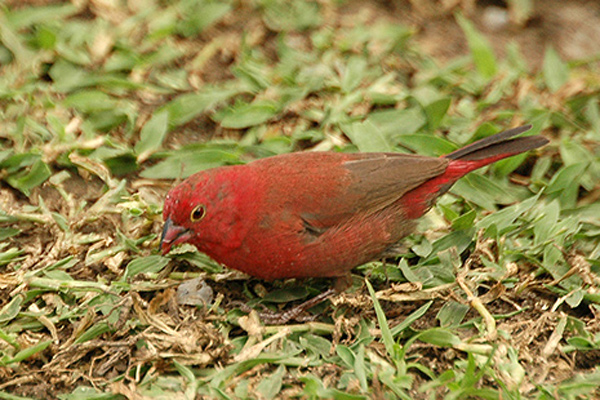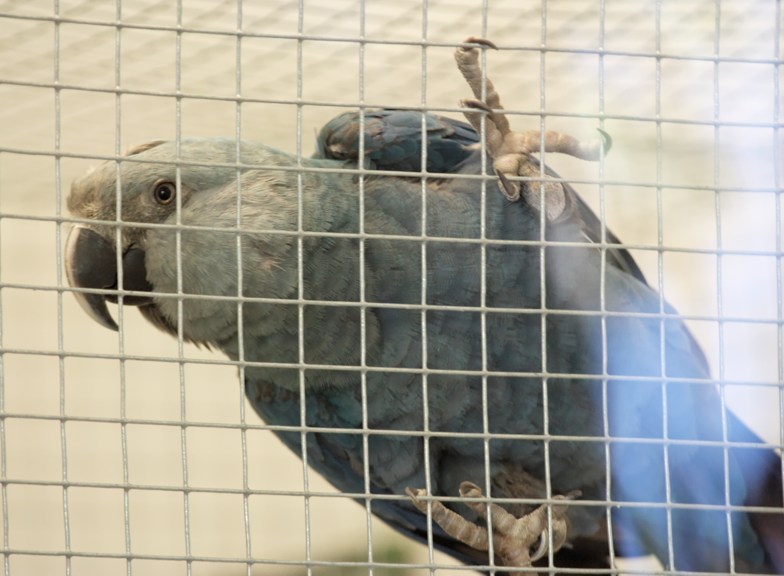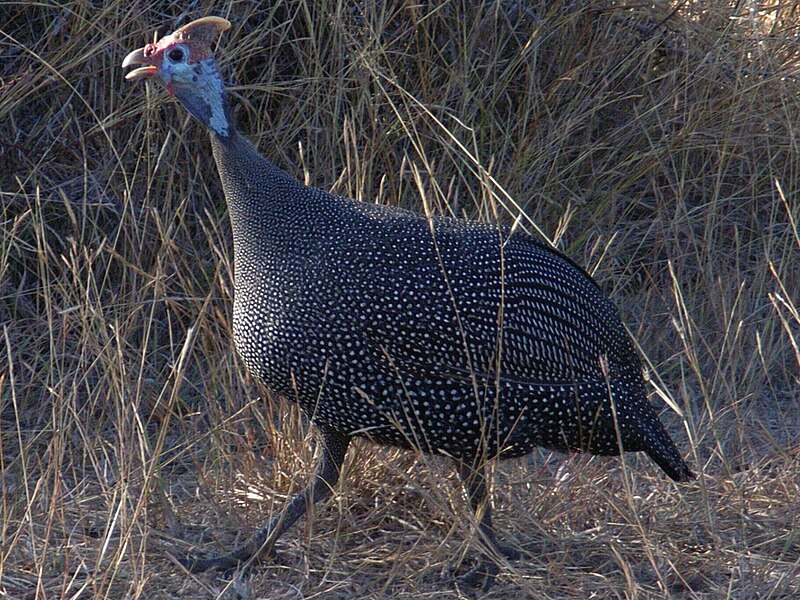 The Kiwi, New Zealand’s national bird, is the ultimate avian oddball. Kiwis are round in shape, lack visible wings and have spiky, hair-like feathers; unlike other birds, their nostrils are located at the ends of their long, slender bills, and they have a well-developed sense of smell. Apparently, however, such distinguishing features were not enough to suit Manukura, a Kiwi that hatched in May, 2011 at the Pulcaha Nature Reserve…he is all white, as well! Manukura, whose name, means “Of Chiefly Status” in a local indigenous language, is a Northern Brown Kiwi, Apteryx mantelli, one of 5 Kiwi species found on New Zealand. Read More »
The Kiwi, New Zealand’s national bird, is the ultimate avian oddball. Kiwis are round in shape, lack visible wings and have spiky, hair-like feathers; unlike other birds, their nostrils are located at the ends of their long, slender bills, and they have a well-developed sense of smell. Apparently, however, such distinguishing features were not enough to suit Manukura, a Kiwi that hatched in May, 2011 at the Pulcaha Nature Reserve…he is all white, as well! Manukura, whose name, means “Of Chiefly Status” in a local indigenous language, is a Northern Brown Kiwi, Apteryx mantelli, one of 5 Kiwi species found on New Zealand. Read More »
Category Archives: Bird Breeding
Feed SubscriptionBreeding Canaries, Waxbills and Other Finches – The Importance of Insects
 Wild finches of almost every species consume beetles, spiders, caterpillars and other invertebrates throughout the year, and in large quantities both before and during the breeding season. While those we keep as pets may thrive on seed-based diets, providing them with a variety of insects will improve their health and encourage breeding. A reader’s note concerning his success with Bronze-Winged Mannikins and the onset of the spring breeding season here in the Northern Hemisphere have sparked me to take another look at this important topic. Read More »
Wild finches of almost every species consume beetles, spiders, caterpillars and other invertebrates throughout the year, and in large quantities both before and during the breeding season. While those we keep as pets may thrive on seed-based diets, providing them with a variety of insects will improve their health and encourage breeding. A reader’s note concerning his success with Bronze-Winged Mannikins and the onset of the spring breeding season here in the Northern Hemisphere have sparked me to take another look at this important topic. Read More »
Presely the Spix’s Macaw – the Real Story Behind the Movie Rio
 The animated movie Rio tells the story of the last 2 “Blue Macaws” on earth, and their adventurous efforts to save their species from extinction. The touching yet realistic conservation story has captivated adults and children alike, and the movie posted ticket sales of $40,000,000 on its first weekend…a record for this year. Many fans may not realize that a real endangered species – the Spix’s Macaw, Cyanopsitta spixii, and a real individual bird – Presely, inspired director Carlos Saldanba to create the movie. Read More »
The animated movie Rio tells the story of the last 2 “Blue Macaws” on earth, and their adventurous efforts to save their species from extinction. The touching yet realistic conservation story has captivated adults and children alike, and the movie posted ticket sales of $40,000,000 on its first weekend…a record for this year. Many fans may not realize that a real endangered species – the Spix’s Macaw, Cyanopsitta spixii, and a real individual bird – Presely, inspired director Carlos Saldanba to create the movie. Read More »
Breeding Zebra Finches
 The ever-popular Zebra Finch, Taeniopygia guttata has been kept in captivity for almost 150 years, and is considered by most to be an “easy breeder”. However, the ease of breeding these little beauties should not be taken as an excuse to ignore their basic needs. While they will nest even under poor conditions, only when given proper care will breeding pairs remain in top condition and reward you with healthy, robust chicks.
The ever-popular Zebra Finch, Taeniopygia guttata has been kept in captivity for almost 150 years, and is considered by most to be an “easy breeder”. However, the ease of breeding these little beauties should not be taken as an excuse to ignore their basic needs. While they will nest even under poor conditions, only when given proper care will breeding pairs remain in top condition and reward you with healthy, robust chicks.
Enthusiastic Breeders
Zebra Finches provide an excellent introduction to captive bird breeding. They are native to Australia’s hot, dry grasslands and have evolved the ability to reproduce whenever ideal conditions (i.e. rain and mild temperatures) present themselves.
Unlike most birds, Zebra Finches that that are always supplied with ample food and nesting sites may breed year-round, producing 6 or more clutches (this is a drain on the hen, however- please see below). What’s more, they are wonderful parents and their courtship rituals and care of the young are a joy to observe. Read More »
The Captive Care and Natural History of the Helmeted Guineafowl
 Helmeted or Gray-Breasted Guineafowl, Numida meleagris, are just about the most active, responsive and interesting birds that one can imagine. I first worked with a free-ranging flock on the grounds of the Bronx Zoo, and became an immediate fan. Related to pheasants and domestic fowl, they are perhaps best known as egg and meat-producers, but if kept as pets they will reveal many other fine qualities. Innate alertness renders them as fine a “watch dog” as one could want, and they are supreme hunters of ticks, weed seeds, mice and other pests.
Helmeted or Gray-Breasted Guineafowl, Numida meleagris, are just about the most active, responsive and interesting birds that one can imagine. I first worked with a free-ranging flock on the grounds of the Bronx Zoo, and became an immediate fan. Related to pheasants and domestic fowl, they are perhaps best known as egg and meat-producers, but if kept as pets they will reveal many other fine qualities. Innate alertness renders them as fine a “watch dog” as one could want, and they are supreme hunters of ticks, weed seeds, mice and other pests.
Natural History
Helmeted Guineafowl are native to West Africa, where they inhabit dry grasslands, brushy savannas and overgrown fields. Flocks hunt in a very organized manner, sometimes walking forward through the grass in a tight line to drive prey before them. Very little, even the young and eggs of ground-nesting birds, is spared. Birds hunting alone will carefully stalk insects in a most amusing, “cat-like” manner, and rarely miss their targets. Read More »
 That Bird Blog – Bird Care and History for Pet Birds
That Bird Blog – Bird Care and History for Pet Birds
